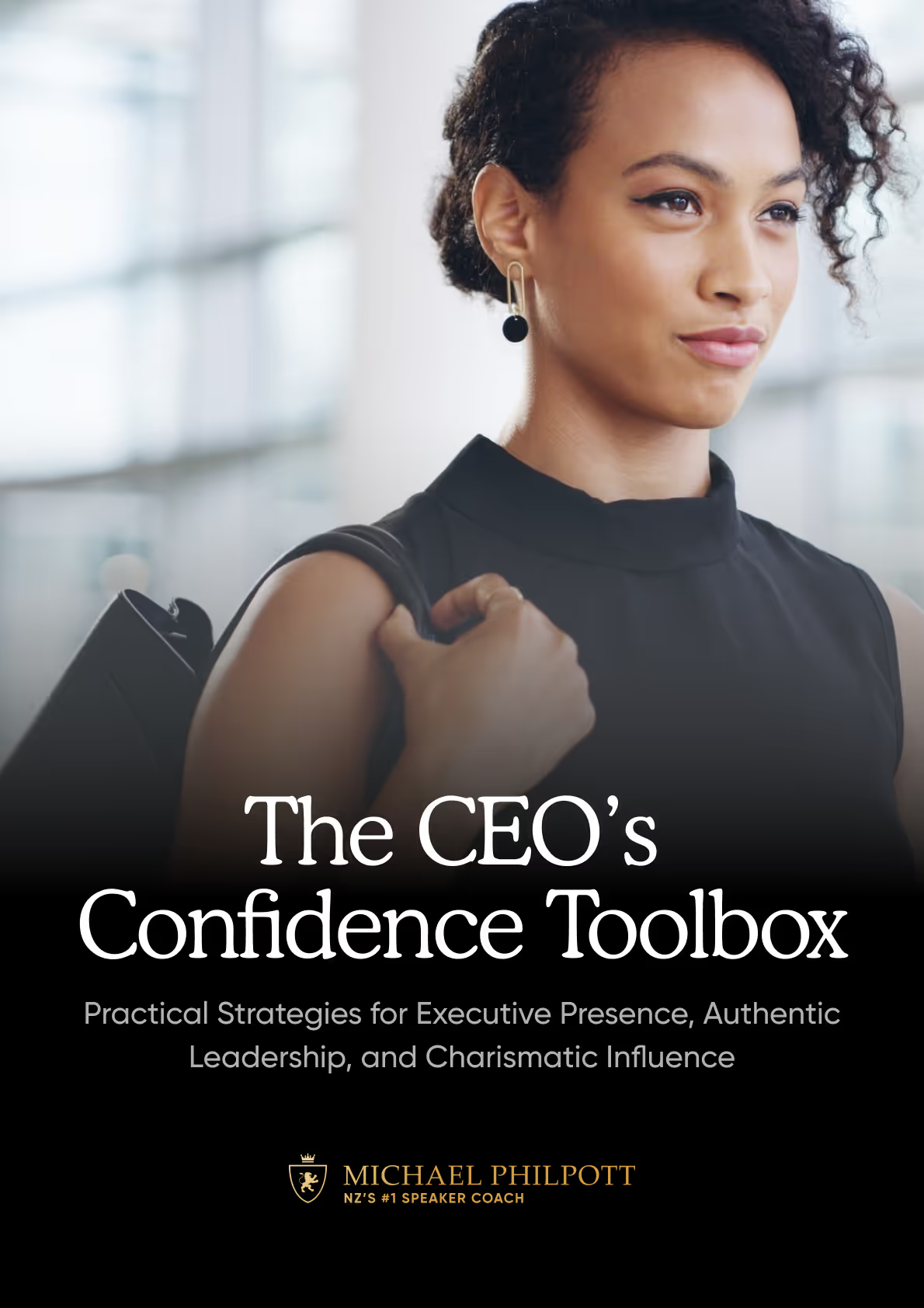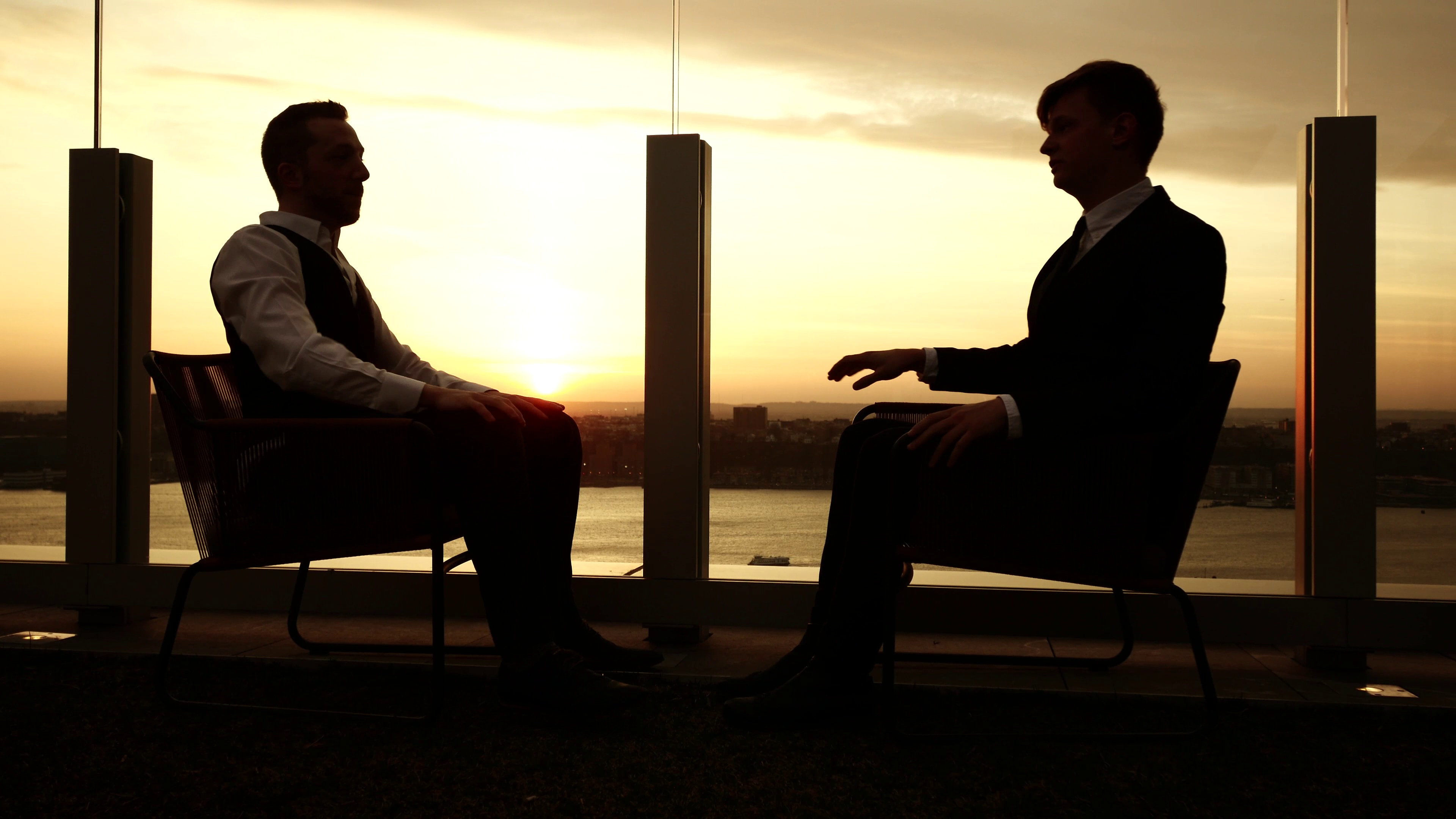
1. Setting the Scene: The Space Race and National Ambition
On September 12, 1962, President John F. Kennedy stood before 40,000 people at Rice University and delivered one of the most visionary speeches in modern history. At the height of the Cold War and deep in the Space Race with the Soviet Union, this wasn’t just a call for space exploration — it was a bold challenge to the American spirit.
This speech didn’t just lay out NASA’s goals. It reframed the entire mission: exploring space was now about defining national identity, technological supremacy, and the courage to do hard things.
2. The Anatomy of a Historic Speech
Kennedy’s speech fused soaring vision with strategic persuasion. Key rhetorical tools included:
- Anaphora: “We choose to go to the Moon” becomes a rhythmic battle cry.
- Contrast: “Not because it is easy, but because it is hard” remains one of the most quoted lines in history.
- Allusions: References to explorers, war, and human progress make the mission part of a longer story.
- Inclusive Language: Constant use of “we” to invoke collective identity and shared purpose.
This was a speech designed not just to inform, but to inspire — across generations.
3. JFK’s CLT Mastery: How the Moon Speech Used the 12 Charismatic Leadership Tactics
Kennedy’s delivery wasn’t just eloquent — it was structured around many of the 12 Charismatic Leadership Tactics (CLTs) outlined by John Antonakis and his research team. These tactics, when used with authenticity, turn good speakers into magnetic leaders.
Here’s how JFK nailed it:
1. Metaphors, Similes, and Analogies
“We set sail on this new sea because there is new knowledge to be gained…”
He transforms space into an ocean — a timeless metaphor for exploration and risk.
2. Stories and Anecdotes
“But if I were to say, my fellow citizens, that we shall send to the moon… some 240,000 miles away…”
He uses specific storytelling — time, distance, temperatures — to bring the abstract down to earth.
3. Contrasts
“Not because it is easy, but because it is hard.”
This legendary line frames struggle as noble and progress as earned.
4. Rhetorical Questions
“Why climb the highest mountain? Why fly the Atlantic?”
These questions invite the audience to align with a spirit of ambition.
5. Expressions of Moral Conviction
“This country of the United States was not built by those who waited and rested and wished to look behind them.”
JFK doesn’t just frame space as science — it’s a moral frontier.
6. Reflections of the Group’s Sentiment
“We mean to be a part of it — we mean to lead it.”
Kennedy taps into American pride and determination.
7. Three-Part Lists
“Measure the risk and the cost and the needs…”
Tight, memorable structures enhance delivery and persuasion.
8. Setting High Goals
“We choose to go to the moon in this decade…”
No hedging. A deadline. A stretch goal. This is CLT gold.
9. Conveying Confidence
“We intend to become the world’s leading spacefaring nation.”
Kennedy’s confidence is contagious — even when facing the unknown.
10. Animated Voice
He varies tone, pace, and volume to match message and mood — assertive when rallying, soft when reflective.
11. Facial Expressions
His expressions were measured yet purposeful — calm resolve paired with occasional flashes of optimism.
12. Gestures
Kennedy used open palms, emphatic hand movements, and subtle shifts to reinforce key moments.
✨ As a speaker, JFK shows us that charisma isn’t just energy — it’s alignment. Vision, words, voice, and gesture… all pulling in the same direction.
4. Lessons for Modern Communicators
JFK’s Moon speech delivers powerful reminders for today’s leaders and speakers:
- Define Your Mission Boldly: Don’t just explain what — explain why it matters.
- Use Contrast to Build Tension: People are moved by challenge and triumph.
- Anchor in Shared Identity: “We” is a leadership word — and a trust builder.
- Speak with Deadlines and Direction: Vague goals don’t move people. Clear goals do.
- Use Emotion + Logic: Balance passion with data to appeal to head and heart.
5. Experience the Speech
🎥 John F. Kennedy — “We Choose to Go to the Moon” Speech (1962)
Want to lead like JFK? Craft your vision. Master the tactics. And don’t be afraid to aim high — especially when it’s hard.




